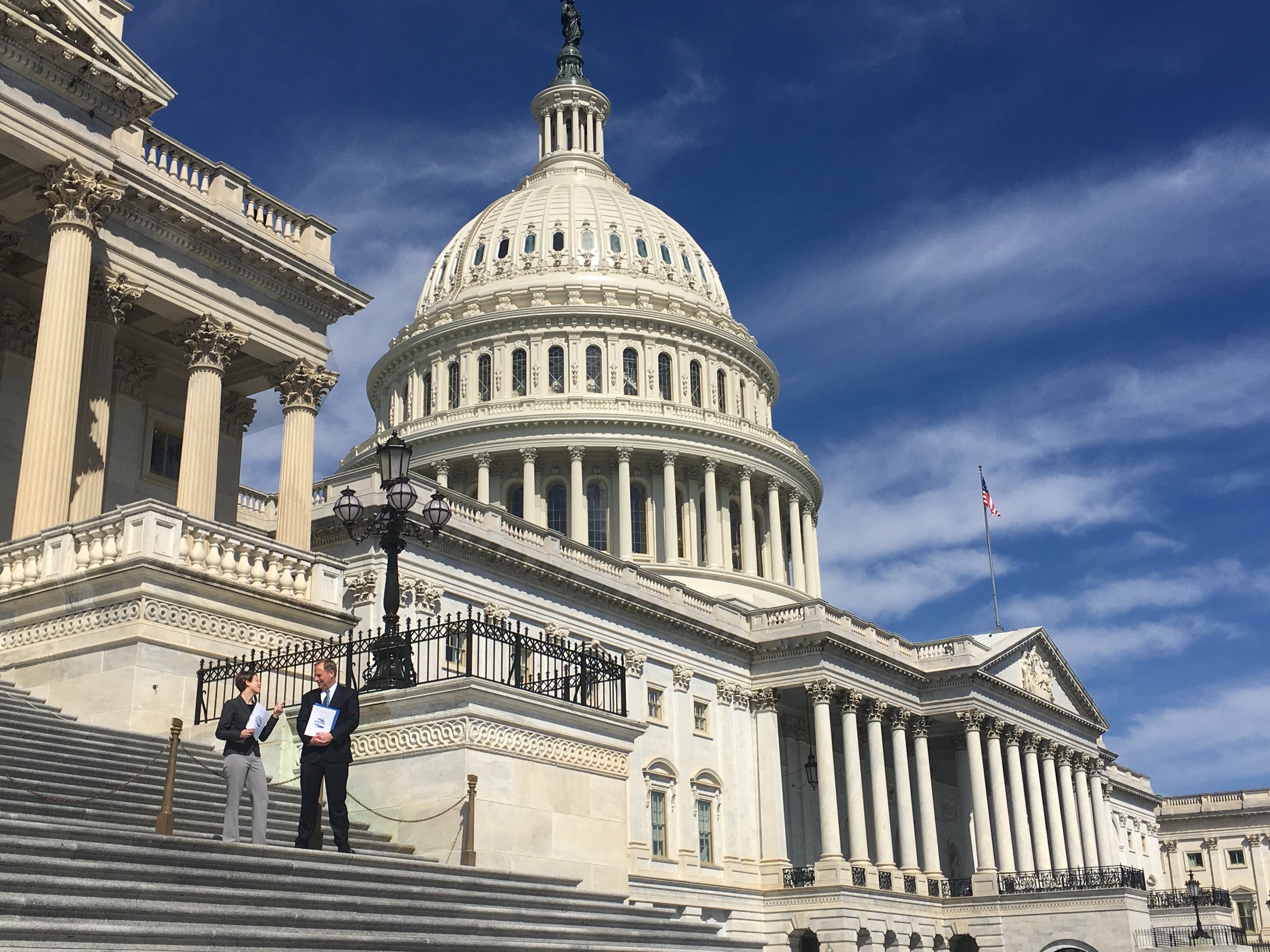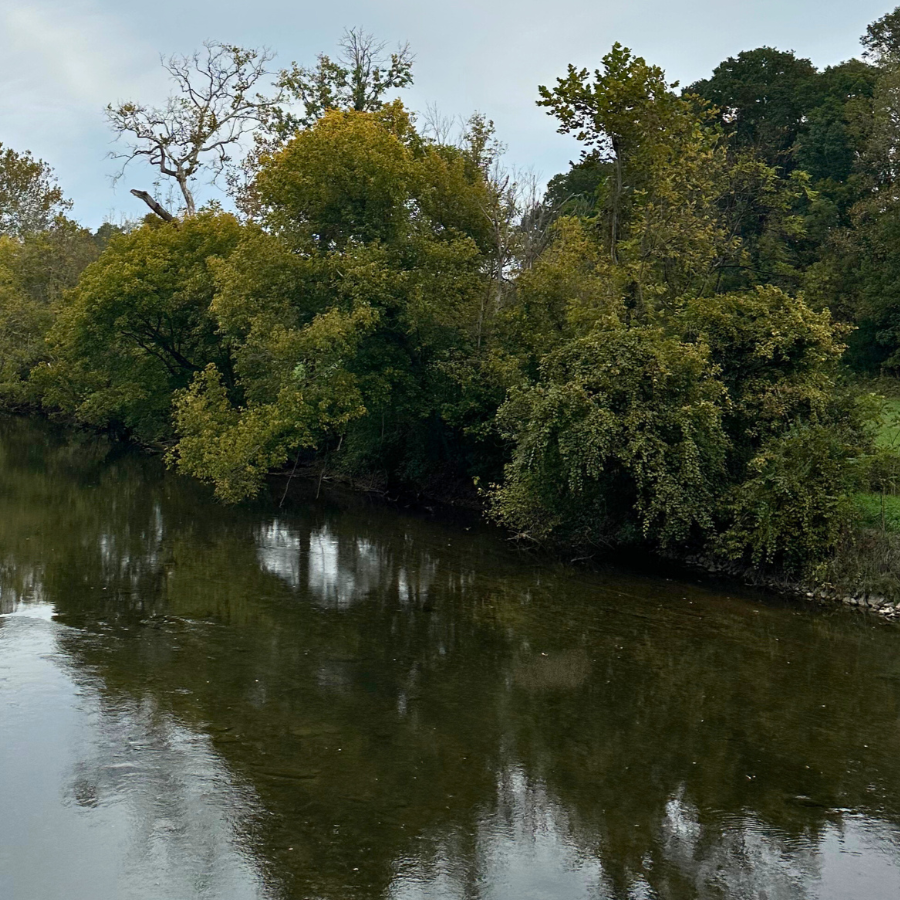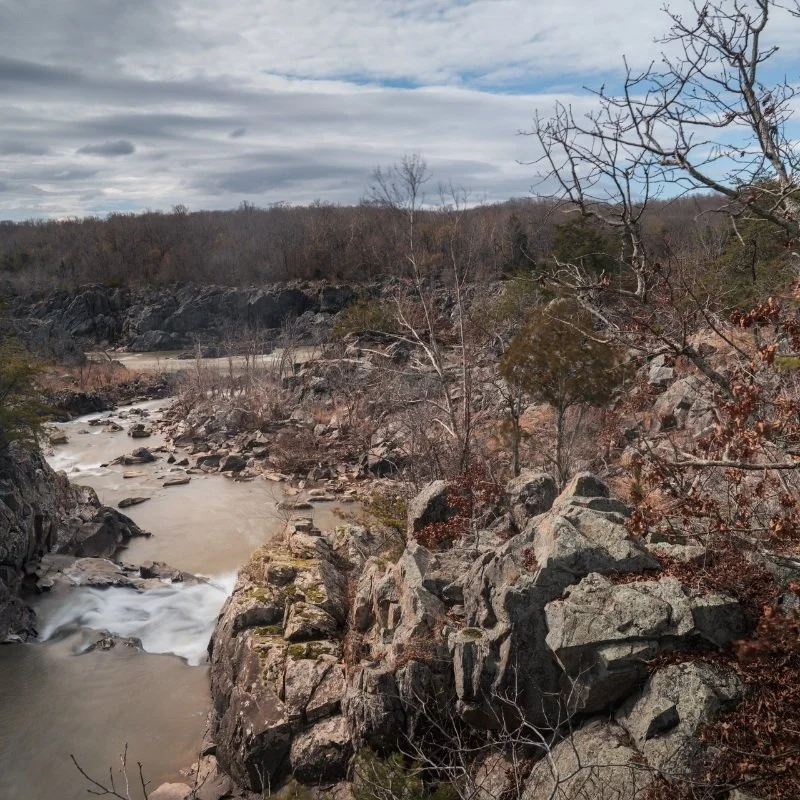2018 Legislative Roundup: Victories, compromises, and a tough loss
/A look at 4 policy battles to protect clean water
Do state and local policies matter when it comes to protecting our rivers and the water we drink?
Heck yeah they do!
Most land-use laws that impact streamside forests and local water quality are made at the state and local levels — so it’s important that you use your voice and vote in the November 6 General Election!
As a nonpartisan 501(c)3 nonprofit organization, Potomac Conservancy’s team is proud to stand up for clean water and avoid the mudslinging and partisan bickering of politics. We’re not about picking sides, or saying who is right or wrong. We’re about one thing and one thing only: supporting laws that protect the Potomac River, the source of water you and five million people drink.
We work with leaders in both parties, key stakeholders in the community, and voters like you to get things done for clean water.
Check out a quick rundown of our legislative efforts in 2018 before you head to the polls on Election Day. And when you’re done, sign our pledge to vote on November 6! When you speak up and show up for clean water, you can make a difference!
Victory: Successfully defended federal funding for the Chesapeake Bay Program
For the second year in a row, the White House tried to slash federal funding for the Chesapeake Bay Program – the federally-led effort responsible for much of the Potomac's progress. If the administration’s efforts to cut the Program’s funding by 90% had been successful, it would have eliminated critical protections for rivers and streams that provide over 13 million people with drinking water.
Thanks to the efforts of our movement and partners in the community, Congress did the right thing and saved important funding for local clean water initiatives.
The federal fiscal year 2018 budget includes $73 million for clean water programs, on-the-ground projects, and fact-based science! This funding is critical for the Chesapeake Bay Program – the joint effort responsible for much of the progress we've seen in the Potomac River.
What’s Next?
We're fighting to make sure next year's funding is not only secure, but even stronger.
Looking forward to the federal fiscal year 2019 budget, we are sustaining our funding request at $73 million, thanks to our clean water champions in Congress who support our progress in the Potomac River and the Chesapeake Bay.
We are working with coalition partners up and down the East Coast to protect this valuable clean water funding. Stay tuned for more information as budget negotiations continue throughout the fall.
Compromise: Championed clean water funding in Montgomery County
Earlier this year, a contentious debate occurred in the Montgomery County Council chambers. At risk was clean water funding totaling millions of dollars. Part of this funding, dedicated to cleaning our local creeks and streams, was vetoed by Executive Leggett in a rare and surprising move.
Local dedicated funding provides critical support for stream restoration projects in Montgomery County to improve water quality in Rock Creek, Sligo Creek, Seneca Creek, and countless other streams in the area.
The veto created an outpouring of public support for local clean water projects, nature-based solutions that filter and capture stormwater runoff, and the need for transparency and accountability in the county's public clean water programs.
After the drastic veto by the Executive, we rallied support through our leadership of the Stormwater Partners Network -- a coalition of over 35 watershed, environmental, and civic groups in Montgomery County. Coalition members lobbied elected officials, wrote public comments, provided hearing testimony, and activated their memberships to tell the Council to overturn the Executive’s decision.
On July 17, the Council voted unanimously to override the veto and pass a clean water compromise appropriation, preserving public accountability and existing taxpayer investments in ongoing stormwater projects.
View our joint public statement here.
While we remain disappointed by the overall amount of clean water funding cut from the county's five-year budget ($243 million!), we are thankful that the Council listened to constituents and passed a budget that included clean water funding and a path forward for the county's program.
What’s Next?
Despite the conclusion of this budget standoff, our work here isn't finished.
We remain committed to fighting for local, dedicated funding, strengthening our clean water laws, and watchdogging the county's program moving forward. Much of the budget cuts were justified by the use of a new contracting mechanism - Design-Build-Maintain. We will be closely watching this new process unfold to ensure it provides the necessary clean water benefits Montgomery County residents deserve.
As Montgomery County continues to grow, we know we will need more, not less, funding to protect our creeks and streams. We need more projects in the ground, more nature-based solutions, more public transparency, and more engagement between our communities and elected leaders.
Compromise: Strengthened the Frederick Forest Resource Ordinance
One of our top priorities is to strengthen local water protections in Frederick County, Maryland, a growing community that suffers from poor stream health. In fact, Frederick County has some of the most polluted streams in all of Maryland.
Earlier this year, we mobilized constituents to support a much-needed update to the Frederick Forest Resource Ordinance (FRO), an effort led by County Executive Gardner. The FRO program is dedicated to ensuring that forests cut down from development are replanted or mitigated with the goal of no net loss of forests throughout the county.
Protecting forests is one the easiest ways we can improve water quality in the Potomac River and its tributaries. Trees mitigate the effects of flooding, reduce stormwater pollution, prevent stream bank erosion, and provide pollinator and wildlife habitat.
Over the past 26 years, Frederick County has lost 1,335 acres of forest. In 2011, county officials significantly weakened the FRO program, accelerating forest loss in the county.
Our team led a coalition effort that brought together conservation, business, farming, and government interests in the community. Together, we successfully passed an updated FRO program. The amendments strengthened forest replanting requirements and scaled back the credits builders can use for mitigation from 100% to 25% — ensuring greater protection of existing tree canopy.
We weren’t able to restore all of the forest protections that were previously stripped, but through compromise, we were able to make progress and move the county in the right direction.
What’s Next?
In October 2018, we’re engaging our stakeholder coalition to continue fighting for forest protections that will improve local water quality.
We’ll work with county staffers on additional improvements and engage newly elected leaders after the November 6 General Election.
Get ‘em next time: Maryland Forest Conservation Act
Forests do it all - they absorb runoff pollution, provide wildlife habitat, clean our air and water, regulate stream temperatures, and more. Unfortunately, throughout the Chesapeake Bay region, over 70 acres of forest are lost each day.
That's why we're working to strengthen Maryland's Forest Conservation Act (FCA).
The FCA is a law intended to protect our forests from reckless development. At a time when forested stream buffers received an F in our Potomac Report Card, laws like the FCA are one of the best ways we can protect local water quality. But, the law is over 20 years old and needs to be updated to stop irresponsible deforestation.
Earlier this year, we were proud to join coalition efforts in the Maryland General Assembly to improve the FCA. Thousands of local residents signed petitions, wrote and called their representatives, participated in rallies, and attended public hearings.
But, despite strong environmental champions in the state House and Senate, the forest bill died. We are disappointed that such a critical piece of legislation, backed by strong public support, succumbed to election-year politics.
What’s Next?
We're already working with coalition partners in preparation for next year's effort to strengthen the FCA and other ways we can improve forest protections throughout Maryland.
In the meantime, we're taking action now to increase local tree canopy. We are continuing the fight for clean water by planting 300 trees in Frederick County on Saturday, October 20.



















